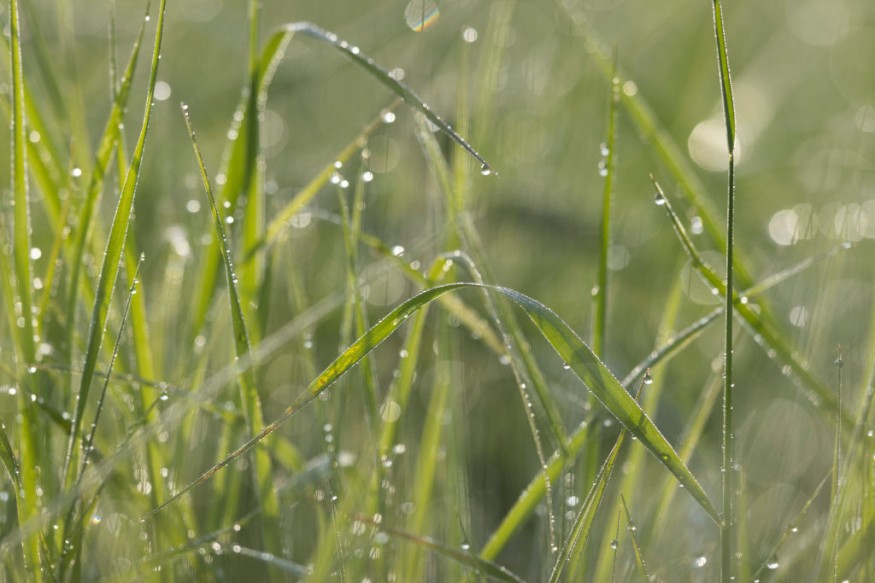Beautiful 3D fossils reveal that plants may have developed far earlier. These animals have endured five catastrophic extinctions and half a billion years almost unaltered.

Plant Evolution
The earliest green algae in three dimensions may provide a clue as to when plants first appeared.
The fossils are from the late Ediacaran period since they are more than 541 million years old (635 million to 541 million years ago). This occurred during the beginning of the Cambrian epoch (541 million to 485.4 million years ago), when the Cambrian Explosion, often known as the abrupt diversification of life, occurred. The fossils, barely half a millimeter in diameter, are tiny yet preserved in incredible detail, down to the masses of fragile filaments that make up their center and the rough tube structures that border its outer layers. They originate from Shaanxi province in China, which in the late Ediacaran had a shallow sea.
Green algae are members of the plant kingdom that first appeared at least a billion years ago. Still, the discovery, which demonstrates that a variety of modern-looking algae species existed earlier than thought, may move the origin of the plant kingdom back by as much as 100 million years, the researchers wrote in the journal BMC Biology on September 21. The ancient algae are intricate and quite similar to the Codium genus of seaweed.
According to to study co-author Cédric Aria, a postdoctoral researcher in ecology and evolutionary biology at the University of Toronto and Royal Ontario Museum, "discovering something so close to Codium in the Ediacarian is likely going to push this origin of green algae and certainly the origin of the entire plant kingdom further back in time."
Intensive Study

The specimens came from the Gaojiashan biota, a rich fossil deposit, where many fossils have been preserved in three dimensions instead of being compressed flat. The five algae samples didn't like anything else discovered from the late Ediacaran anywhere else in the globe. Hence, the study's co-authors from Northwest University in Xi'an, China, requested Aria's assistance in examining them.
The structure of the fossils quickly revealed to Aria and his colleagues that they were made of green algae. However, the researchers couldn't locate anything comparable in the known species of ancient algae, so they began searching through more contemporary species. When they did, they found that the Codium of today resembled the ancient algae identically. Green algae may take many forms, from simple single-celled plants to intricate multicellular seaweed. Other than the fact that the ancient algae were around half as big as a current unicellular Codium, Aria told Live Science, the algae were similar.
A "Eureka Moment"
The new species was given the scientific name Protocodium sinese, which loosely translates to "first Codium from China," according to Aria. It is possible that this group of green algae found their evolutionary niche early and survived through five catastrophic extinctions and more than half a billion years of change since it has stayed essentially constant since the late Ediacaran. Codium species are invasive in many locations today and outcompete local seaweeds and algae.
That came as a surprise, he remarked. It indeed was a "Eureka!" moment.
For more biological news, don't forget to follow Nature World News!
© 2025 NatureWorldNews.com All rights reserved. Do not reproduce without permission.





